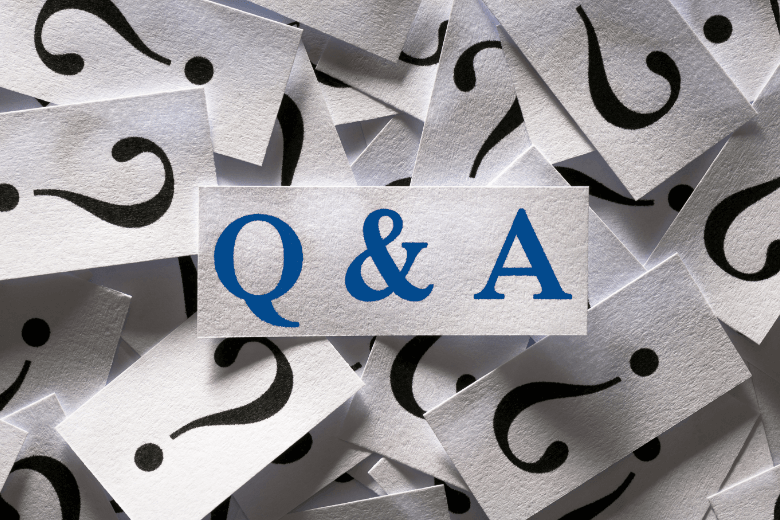The C51100 alloy, known for its high strength and excellent wear resistance, is specifically chosen for this component to ensure extended service life in high-friction and demanding applications.
Casting process:Centrifugal casting, sand casting, metal casting
Application:Mining, coal mining, machinery industry
Surface finish:Customisation
Material:Customised copper alloys


